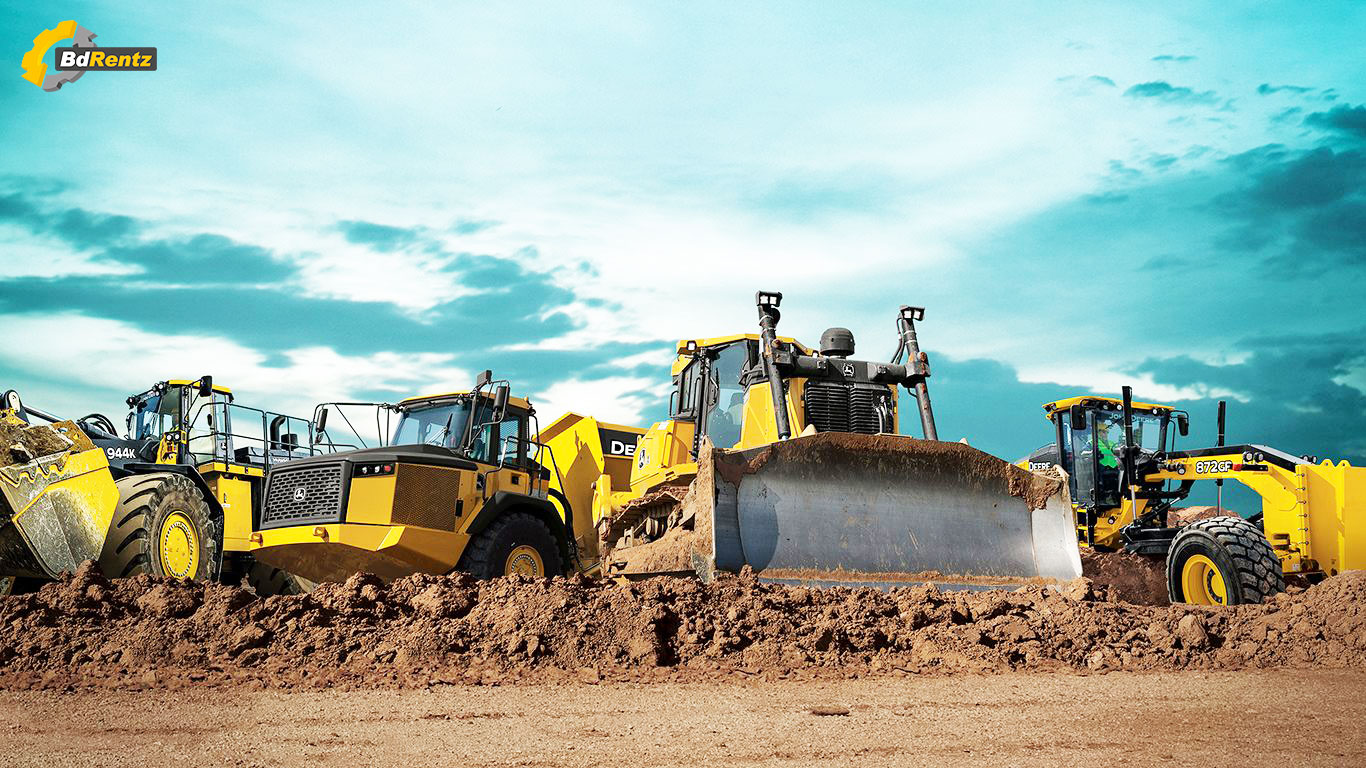Heavy Equipment Rental: Large Equipment for Any Construction Job
Heavy Equipment Rental: Large Equipment for Any Construction Job
Blog Article
Optimize Your Spending Plan by Comprehending the Expenses Associated With Building And Construction Devices Leasings
Recognizing the full scope of costs associated with building and construction equipment rentals is crucial for optimizing your spending plan. What strategies can be utilized to efficiently take care of these costs and ensure a much more efficient rental experience?
Review of Rental Prices
When thinking about building equipment rentals, understanding the associated costs is paramount for efficient budgeting and job preparation. Rental expenses can vary significantly based on several variables, consisting of tools type, duration of service, and area. The preliminary rental charge frequently reflects the tools's market need and its connected functional abilities, influencing the total expenditure.
In enhancement to the base rental rate, supplementary expenses might emerge, such as transportation charges, gas additional charges, and maintenance costs. It is important to account for these extra costs to precisely examine the total price of leasing tools. The rental period can influence rates; longer leasings might certify for reduced prices, while temporary services could sustain greater day-to-day fees.

Break Down of Rental Rates
A comprehensive understanding of rental prices is important for service providers and project supervisors aiming to maximize their budgets. Rental rates for building and construction devices typically are composed of numerous components, including base prices, time-based fees, and use charges.
Base rates are the core costs linked with the leasing of the devices, frequently identified by the type and size of the equipment. These rates can differ considerably, affected by elements such as devices need, availability, and regional market fads. Time-based costs, which may be daily, weekly, or monthly, serve to fit various job timelines and rental durations.
In addition, rental prices might consist of use fees, which are relevant when tools is used past a specified threshold, making certain that the rental company can represent deterioration. Seasonal demand fluctuations can additionally influence rental rates, with peak building seasons generally regulating greater costs.
Moreover, comprehending the rental business's policies pertaining to upkeep and insurance coverage can provide further understanding into the total price structure. By evaluating these elements, specialists can make enlightened choices, ensuring the option of rental equipment lines up with both project requirements and budget plan restrictions.
Additional Charges to Consider
Comprehending the details of additional fees is critical for specialists to handle their general rental costs successfully. Beyond the conventional rental prices, different auxiliary fees can significantly affect the total cost of tools rental. These fees commonly consist of shipment and pickup fees, which can differ based on distance and logistics entailed in moving the equipment to and from the task site.
Additionally, some rental firms might enforce gas additional charges if the devices is returned with less gas than when rented out. It is additionally vital to understand potential cleansing costs, specifically for specific devices that needs comprehensive upkeep after use.

Thoroughly assessing the rental agreement and clearing up these added fees ahead of time can aid specialists guarantee and prevent unforeseen prices that budgets stay intact throughout the task lifecycle.
Maintenance and Repair Work Expenses
Normal upkeep and repair expenses are usually forgotten elements that can substantially influence the general cost of building equipment leasings. When renting out tools, it is critical to take into consideration not only the rental fees but likewise the possible prices linked with keeping the machinery in optimum operating condition.
Lots of rental companies include basic upkeep as component of the rental contract; however, much more extensive repair services or unforeseen breakdowns can result in extra expenses. It's important to evaluate the rental agreement very carefully to comprehend what upkeep services are covered and check my site what responsibilities drop on the tenant.
Moreover, tools that is not well-kept can result in ineffectiveness on the work website, possibly boosting and causing hold-ups project prices. To minimize these dangers, it is a good idea to conduct normal evaluations and preserve open communication with the rental copyright regarding any type of issues that arise during usage.
Insurance Coverage and Responsibility Prices
Insurance coverage and liability expenses are important components that can dramatically affect the general expense of building tools rentals (equipment rental company). These prices make certain that both the rental firm and the customer are safeguarded from prospective monetary losses arising from mishaps, damage, or theft throughout the rental period

Additionally, customers need to recognize any deductibles or exclusions in the insurance plan, as these can influence possible out-of-pocket expenses. Understanding the terms and problems of any type of insurance policy coverage is vital to avoid unexpected expenses. Inevitably, budgeting for insurance policy and obligation costs can help guarantee a smoother rental experience and shield against financial dangers associated with construction tasks.
Final Thought
In final thought, a comprehensive understanding of the prices linked with building equipment leasings is crucial for reliable spending plan management. Eventually, informed decision-making pertaining to tools leasings contributes to the overall success of construction undertakings.
Rental prices can differ substantially based on several variables, consisting of tools type, duration of leasing, and area (aerial lift rental). The rental period can affect rates; longer rentals may qualify for reduced prices, while temporary rentals may sustain higher day-to-day fees
By conducting complete research and engaging with reliable click to read rental firms, specialists can successfully navigate the complexities of rental pricing, inevitably optimizing their economic sources.
Beyond the typical rental rates, numerous auxiliary fees can considerably affect the complete expense of devices leasing. Rental business frequently provide liability insurance policy that covers injuries to 3rd parties or damage to building, while tools damages insurance can cover the expense of fixings or substitute if the rented tools is damaged.
Report this page